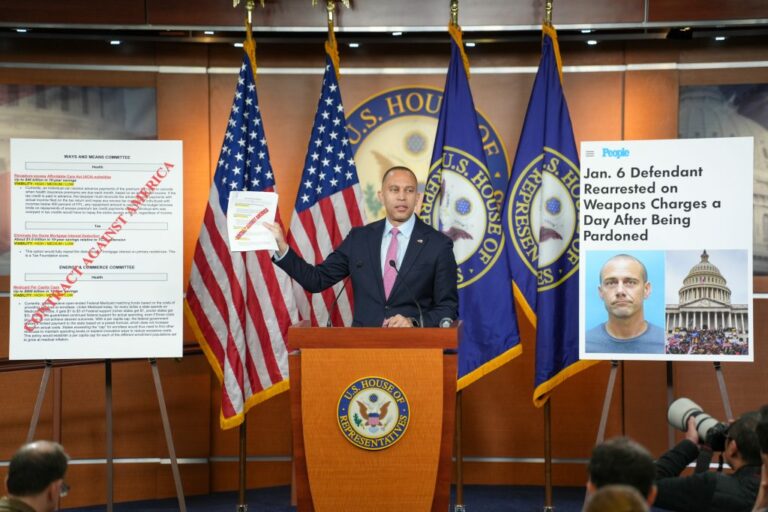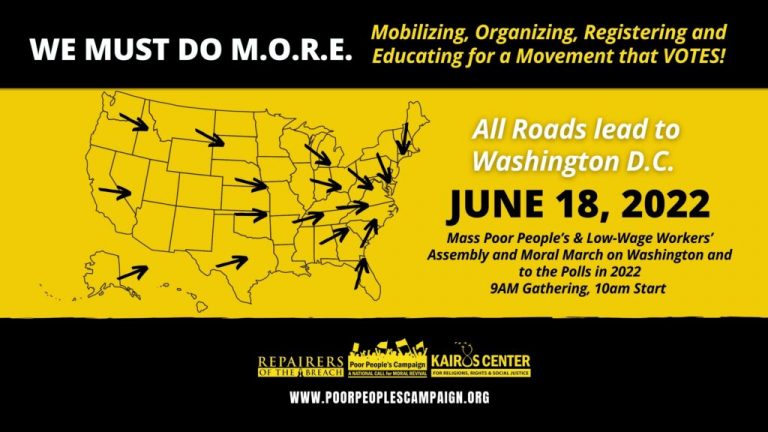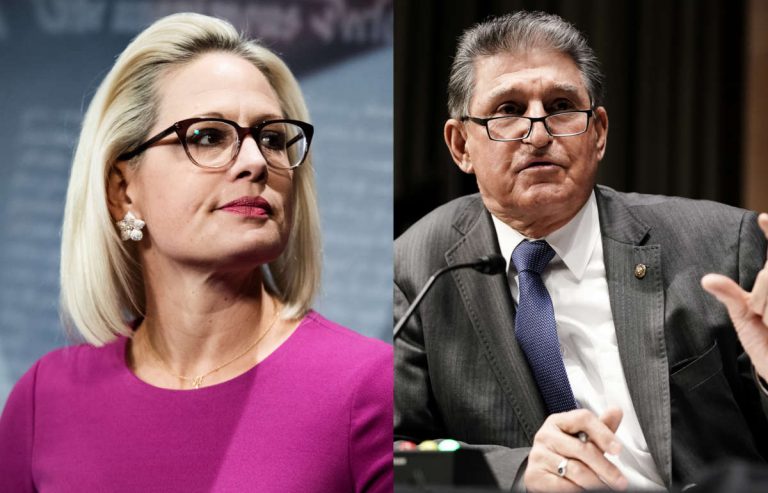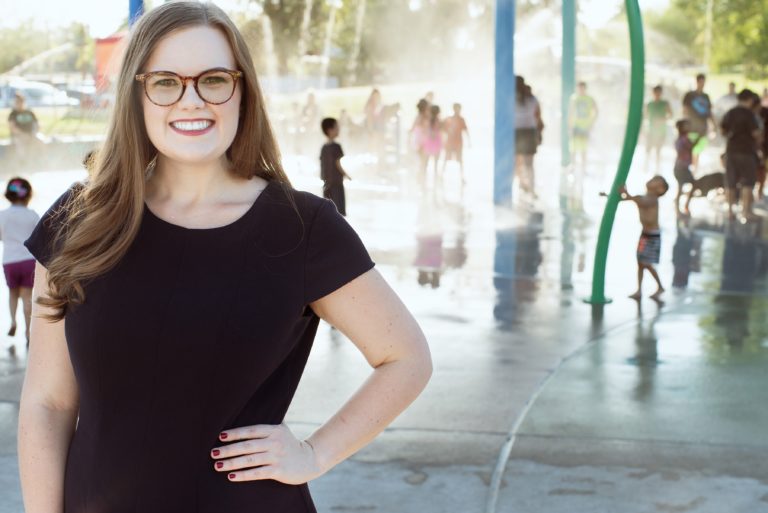Trump and Congressional Republicans Are Launching a “Contract Against America” and “GOP Tax Scam”
It has only been a little over 72 hours since his inauguration but it should be clear to everyone in the country, including the many uninformed people (drawn to big lies on cultural wedge issues,) who voted for him, that Donald Trump and his MAGA allies in his Administration and Congress do indeed have an … Read more





